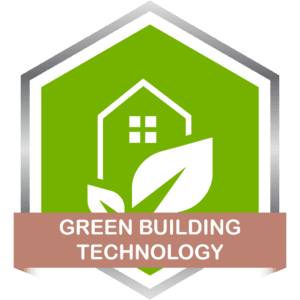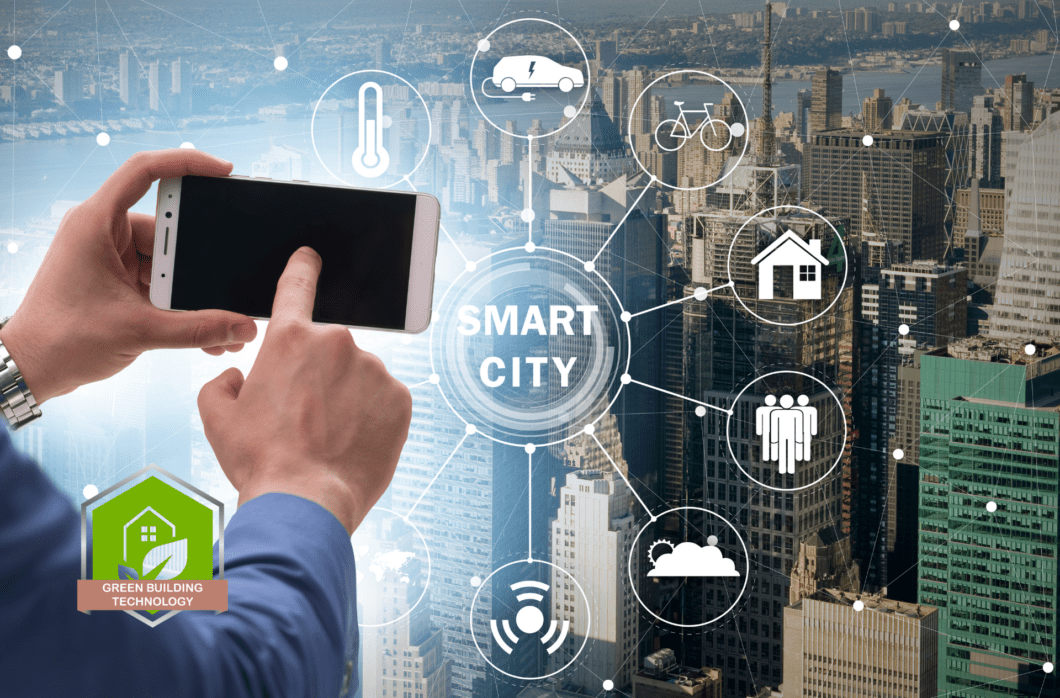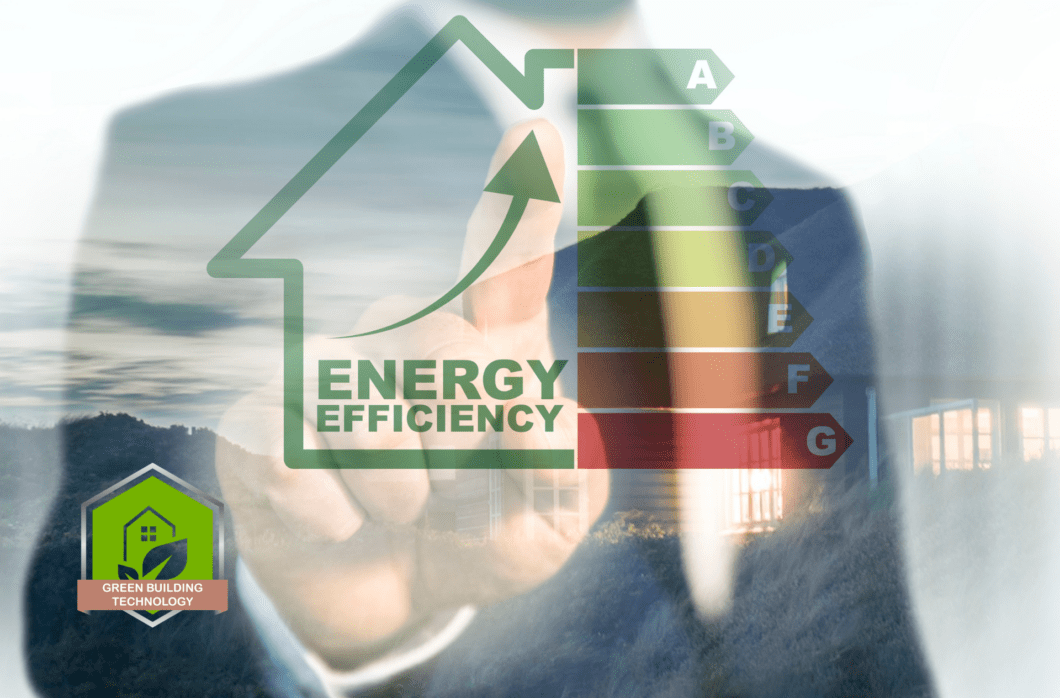WELL Accredited Professional Overview
The WELL Accredited Professional (WELL AP) designation indicates knowledge of the WELL Building Standard (WELL) and a dedication to improving human health and well-being in buildings and communities around the world.
The WELL AP certification indicates proficiency in the WELL Building Standard. WELL APs’ deep knowledge makes them valuable additions to any project. In fact, WELL inhttps://learn.beyondsmartcities.in/wp-admin/admin.php?page=tutoritiatives can earn an innovation feature merely by having a WELL AP on board.
WELL APs are masters of the WELL Building Standard and the core components of people-first design. They accomplish this by preparing for and passing a tough exam that assesses competency in all things WELL. WELL APs stay on the cutting edge and maintain their credentials by obtaining and reporting continuing education (CE) hours.
The WELL Accredited Professional Overview training was developed by knowledgeable green building specialist Krishnaji Pawar, who specializes in the creation of sustainable design strategies for commissioning, environmental impact assessment, green building certification systems (LEED, GSAS, etc.), energy modeling, and environmental management systems.
Learning Objectives
- Understanding WELL Credentialing Process
- Understanding Basic Concepts of Sustainable Design
- Understanding Organizational Fundamentals
- Understanding WELL Building Standard
- Understanding Advantages of WELL Certification
- Obtaining WELL Accredited Professional Credential
- Summary and Resources
- WELL AP Exam Sample Questions
The impact that buildings can have on human health and well-being has never been more visible or significant. We now know more than ever before about the relationship between the physical environment and human health, thanks to an ever-changing evidence base.
We understand how to design settings that promote rather than hinder health and well-being. We can measure and enhance the quality of our air, water, and light. We can create surroundings that energize our bodies, move us, keep us connected, inspire our best work, and allow for a good night’s sleep.
With WELL as our vehicle, IWBI assists in translating what we know into what we practice. We aim to transform buildings and organizations in ways that promote health and well-being, allowing people to thrive. This has been our mission when we first launched WELL in 2014. Today, we know a lot more about how to achieve our goals.
We’ve applied all we’ve learned to create a more accessible, adaptive, and egalitarian grading system that is still based on the most recent scientific research and industry best practices, and serves as the foundation for the entire WELL ecosystem.
Sustainable development is a broad set of integrative principles that includes energy, urban management, natural ecosystems, economic development, social fairness, policy integration, and the belief that successful solutions may be reached cooperatively.
It pushes us to think about the long-term consequences of our current decisions, which are not always positive. Sustainable development provides possibilities, difficulties, and, most importantly, solutions.
Sustainability is about the promise of long-lasting things—buildings with long and useful lives, sustainable energy sources, and resilient communities. Green building is about bringing the promises of sustainability to reality.
Beyond Smart Cities offers green building services to help businesses achieve environmentally responsible objectives through energy and resource conservation strategies. These services reduce energy consumption, manage costs, minimize environmental impacts, and ensure worker health and safety.
By increasing energy and water efficiency, businesses can reduce operational costs and increase market visibility. Acquiring international or locally recognized certifications also contributes to property value and environmental commitment.
Other Related courses
WELL Accredited Professional – Exam Question Bank
The WELL AP Exam Question Bank, along with the 575-question WELL Accredited Professional Exam Question Bank and WELL Study Cards, aids green building professionals in creating personalized study plans for professional development.
Learning Objectives
- Assess knowledge before final WELL Accredited Professional Exam.
- Access to 575 questions in 5 simulated exams.
- Understand reasoning behind each question and answer.
- Cover the entire WELL AP- Exam Study Material.
- Familiarize with advanced terminology and WELL Building Standard version process.
- Ensures likely exam pass on first attempt.
- WELL Accredited Professional – Study Cards – Over 380+ Questions + Answer +key terms!











